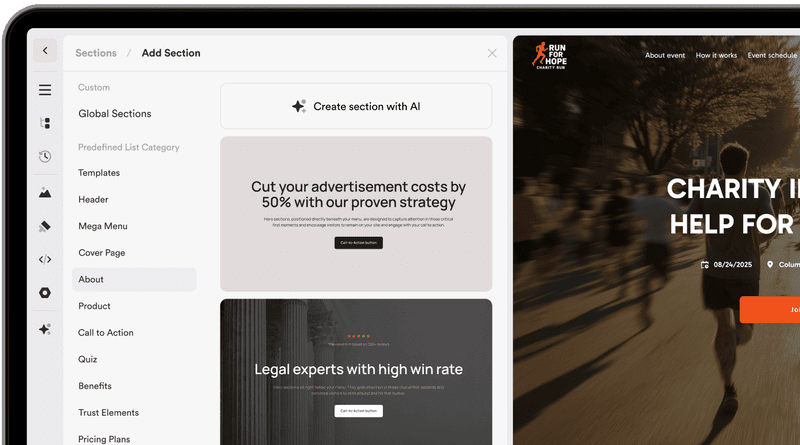January 30, 2023
Create a successful funnel and generate more leads online (guide)
In this article, we'll show you how to create a successful funnel and generate more leads online
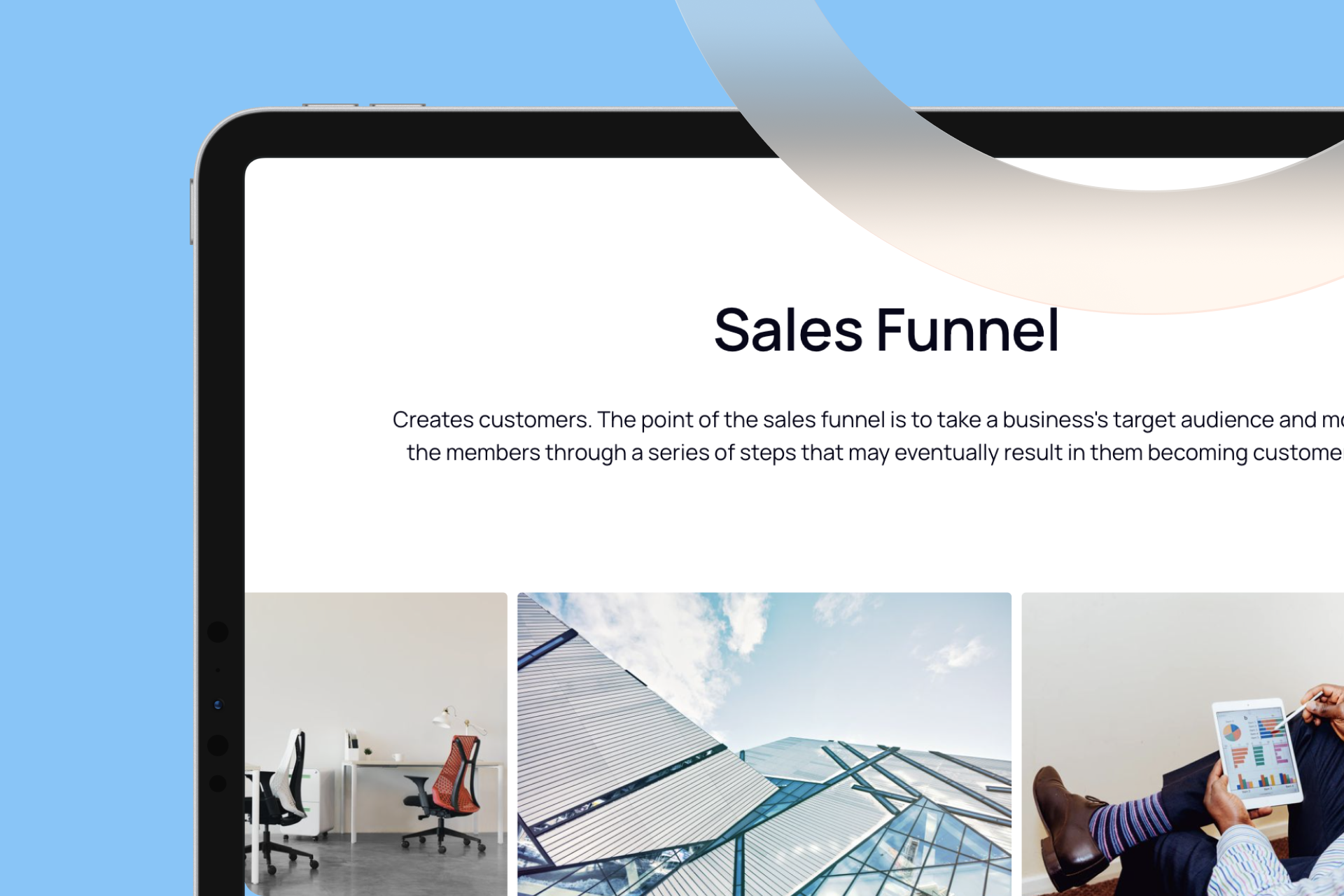
Create a successful funnel and generate more leads online (guide)
What would you say if I showed you a tool that you can use to not only scale your leads, but increase them? With a funnel, you can do just that!
To turn potential customers and site visitors into leads, a funnel is a very effective tool. And the great thing is: You can use a funnel for almost any purpose. For example, a recruiting funnel to find staff, a sales funnel, or even a product quiz funnel. There are no limits to your imagination. The goal of a funnel is to turn prospects into buyers. And to make them happy buyers who, in the best case, will buy again.
A well-designed funnel allows you to gain insight into the problems and thoughts of your target audience. You don't just get more leads, but usually lots of additional and crucial information about your potential customers.
To create a successful funnel, you should consider some aspects. In this blog article, we will give you a simple and clear guide on how to create a funnel. We will also show you how to create your own funnel completely free of charge.
3 Funnel examples
To give you a better idea of what you can use a funnel for or what a finished funnel might look like in the end, we'll show you three examples below.
1. Recruiting funnel
Creating a recruiting funnel is a very effective way to find suitable employees in today's world. And it does so regardless of the industry or the qualifications of the potential employees. A recruiting funnel can be super combined with a suitable landing page. In the funnel or quiz, you can then ask for all the information and integrate elements that are important. For example: Work experience or give the opportunity to upload the CV and references. With our Onepage software you also have the possibility to create complex funnels with multiple endings and logic branches. Depending on what the candidate answers, you can end the funnel differently.
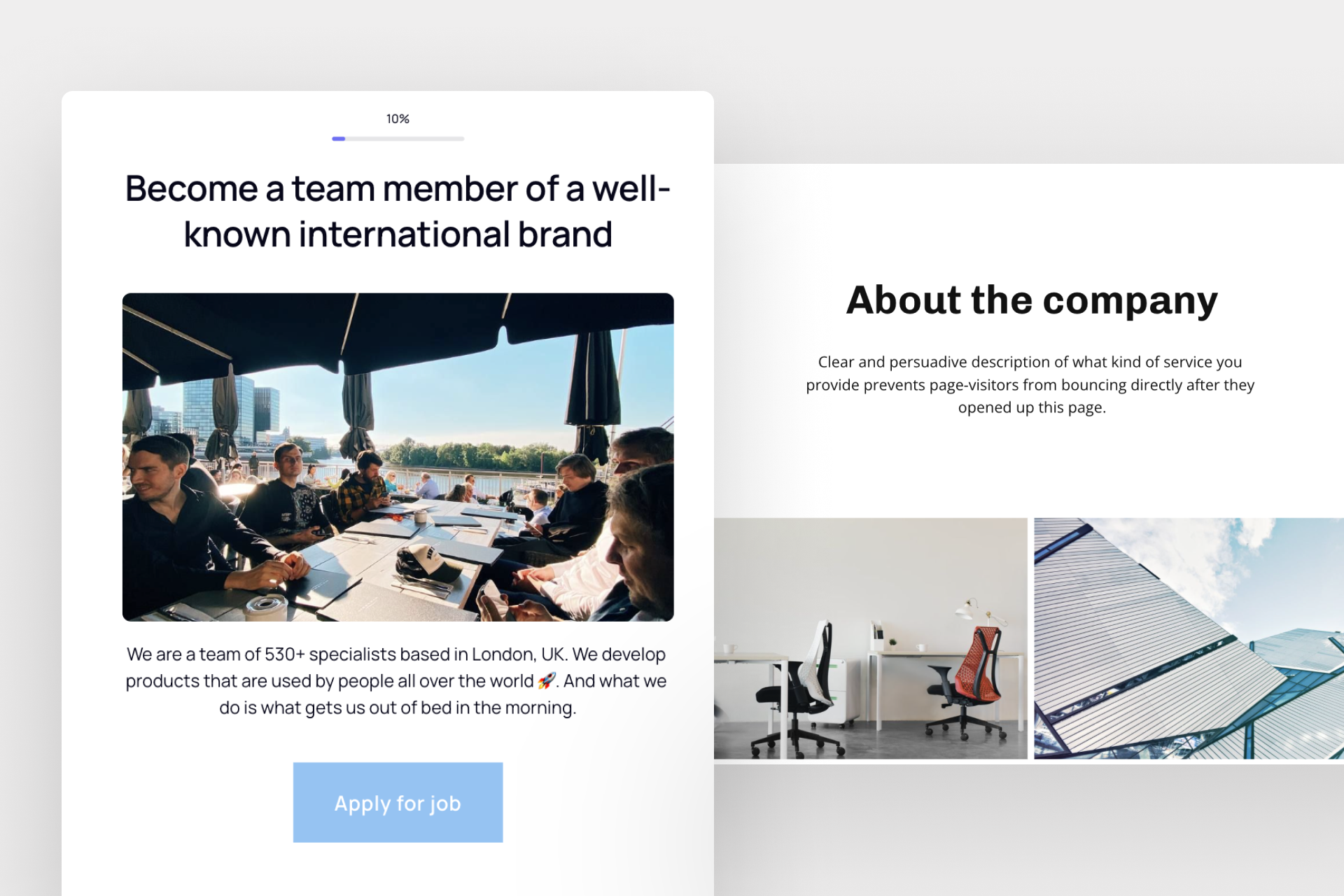
2. Product funnels for more sales
Product funnels are especially popular in e-commerce. In the best case, the quiz arouses the curiosity of your site visitors and they click through the funnel. In the end, you'll get valuable information about your new leads and your customers will get crucial buying impulses through the quiz. When creating a sales funnel, you can get creative again. For example, create a funnel on the topic of "Which product or which interior design style suits me".
3. Feedback Funnel
Of course, there are many more ways to create a funnel. Another great option is a feedback funnel. No matter what industry you're in, you can use a feedback funnel to gain important feedback from your customers. Ask them about their product experience and how you can improve. With these insights, you can improve your customers' experience and generate more sales in the future.
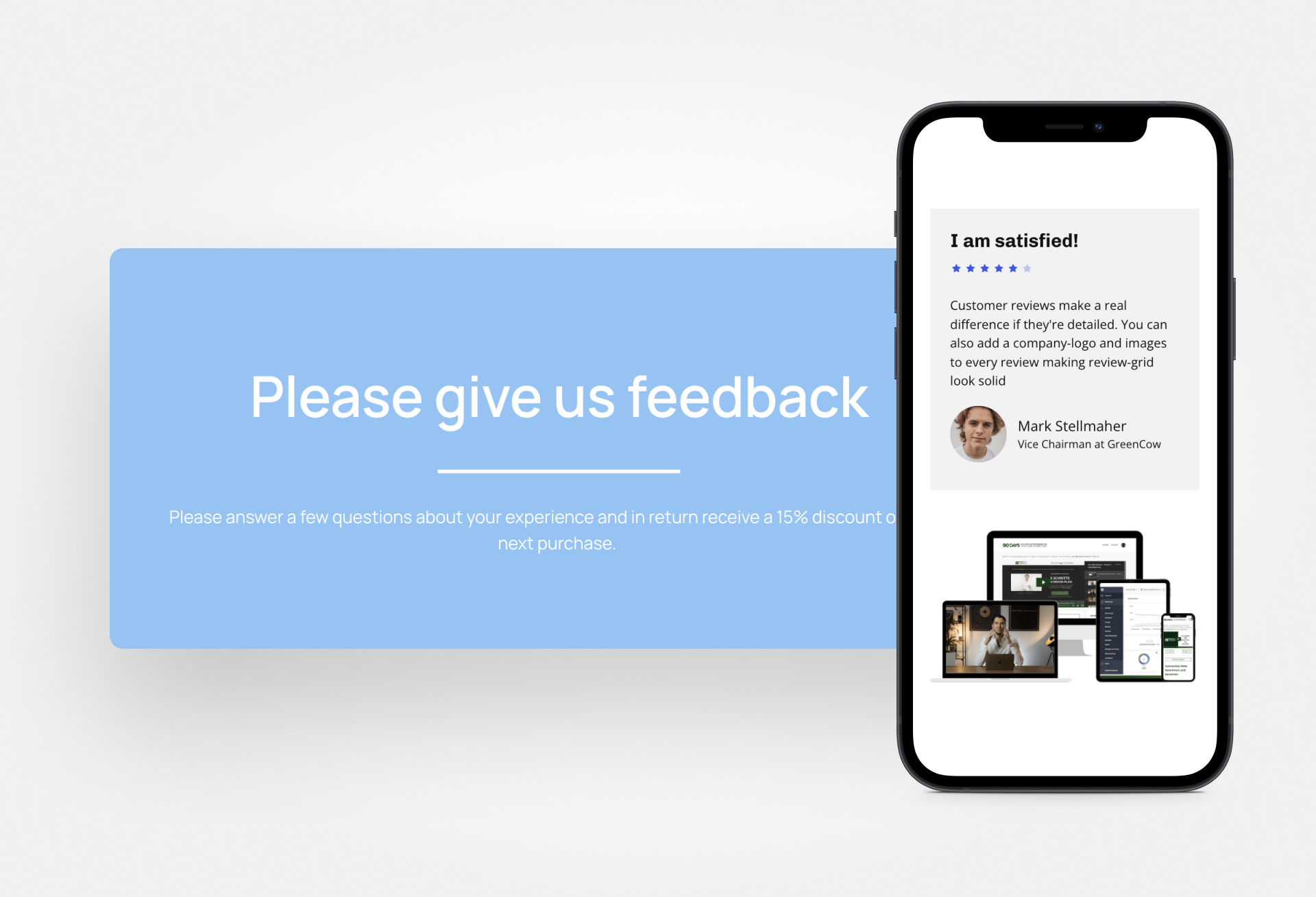
Create a funnel in just 5 steps
Creating a funnel gives you a new way to increase your sales. You can easily use it in addition to your existing marketing tools. And the best part: There are only 5 simple steps involved:
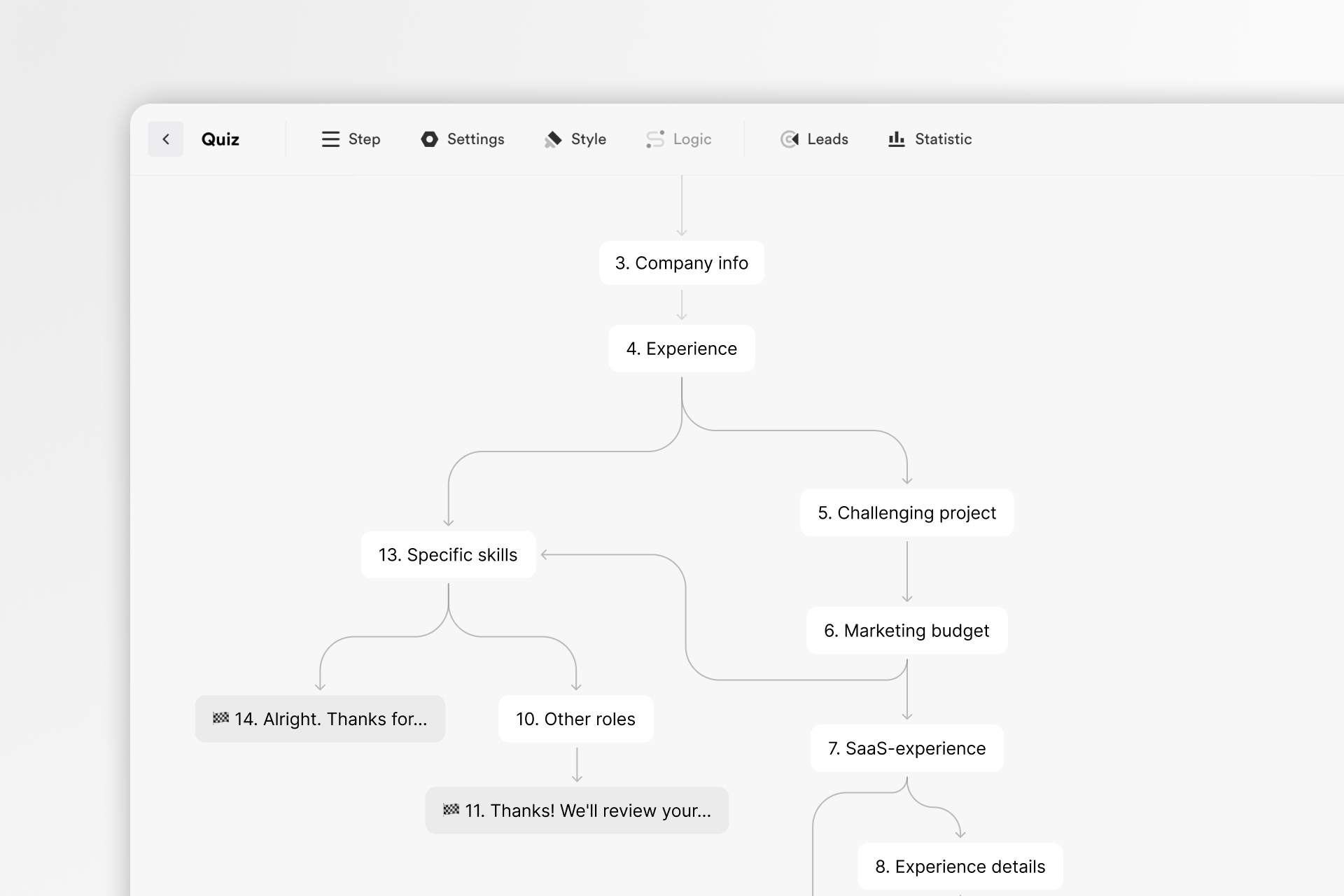
#1 Choose a topic and think about the structure: First, you should think about the topic you want to create a funnel for and come up with a structure. This means how many steps the funnel should consist of and what goal you want to pursue with the funnel.
#2 Create a page for the funnel: Next, you should choose a provider and create the funnel page. Depending on the provider, this process looks differentiated.
#3 Insert text and graphics: Next, get down to the details - insert images, graphics and animations in the appropriate places. Write compelling text and make sure you get all the relevant information through your participants' responses.
#4 Integrate in the page: Almost there! Integrate the funnel in your page or use it as a standalone page.
#5 Done: Publish your funnel and you're ready to go!
In the following text, we will show you in more detail how to implement the individual steps and what you should pay attention to.
Create a free funnel
One way to create a funnel for free is to use Onepage:
You can register an account for free and create your first page/funnel. At Onepage you also have the possibility to choose from many funnel and quiz templates. All our templates are of course optimized for conversion and design and allow you to create your first funnel quickly and easily.
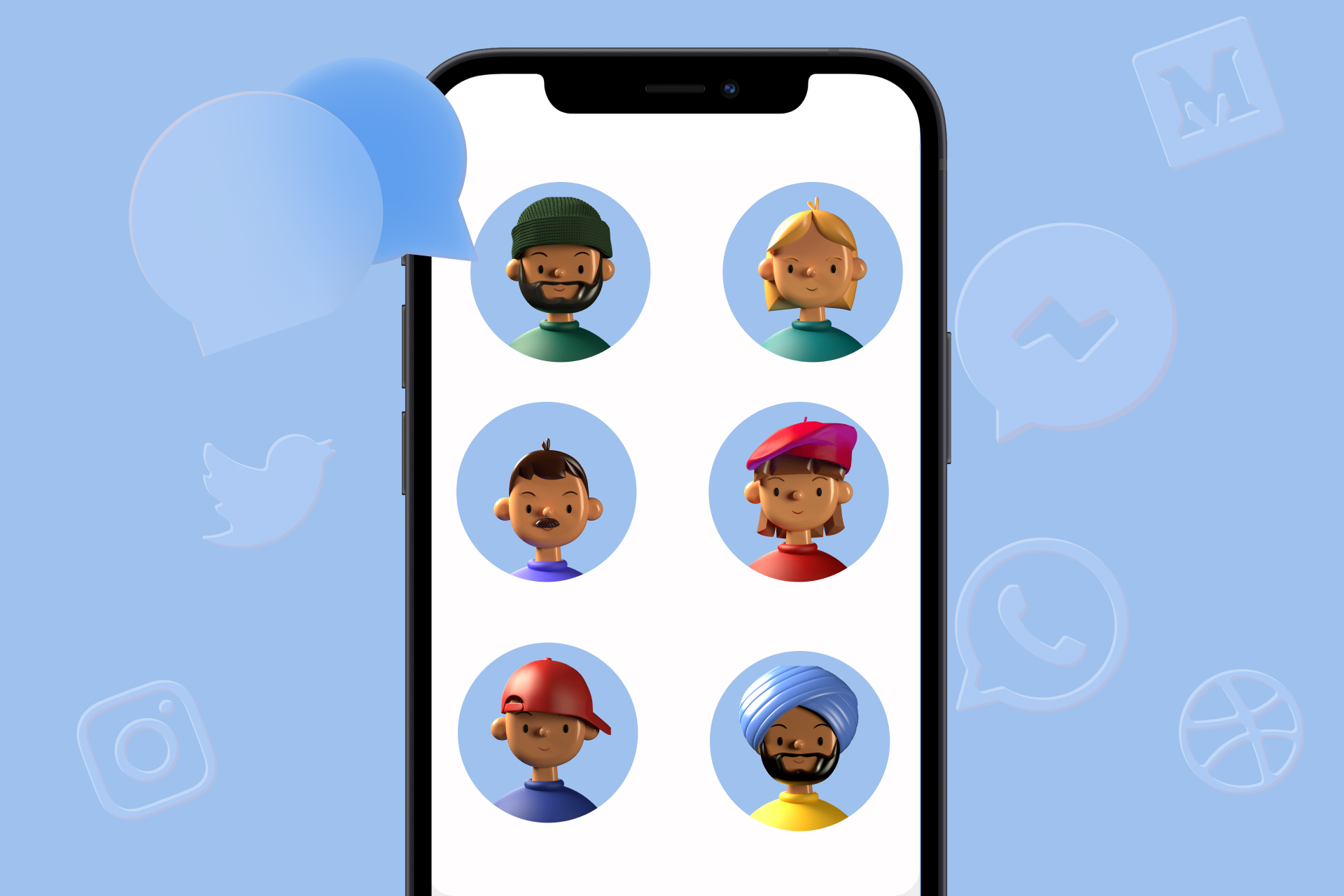
Building a successful funnel
To create a successful funnel, you can make use of the AIDA principle. AIDA is the abbreviation for (Attention, Interest, Desire and Action). In other words, attract attention, arouse interest, create desire and finally trigger an action. Transferred to a funnel, this means:
- Attract attention: The customer must be animated by the headline and the image on the cover page to click on the funnel and participate. You can also try to attract the attention of your target group by using eye-catching colors or provocative slogans. Only if you manage to grab the attention of your target audience, you will manage to lead your customers to the next stage (interest) and achieve a conversion in the end.
- Arouse interest: In this phase, you should take advantage of the attention and create a deeper interest in the user. The customer should engage with the content of your funnel. In terms of the funnel, this can mean that you should show the user why it is relevant for them to click on the funnel and show them what added value is in it.
- Create desire: In this next phase, the generated interest of the customer should be transformed into desire. Namely, the desire to click on the funnel. For quizzes and funnels, this works well by offering the customer something in return. For example: Get a free business analysis or a free nutrition plan in return.
- Trigger action: In the final phase, your lead just needs to take action and participate in the quiz. This is best done through call-to-action buttons on your cover page. For example: "Take part now".
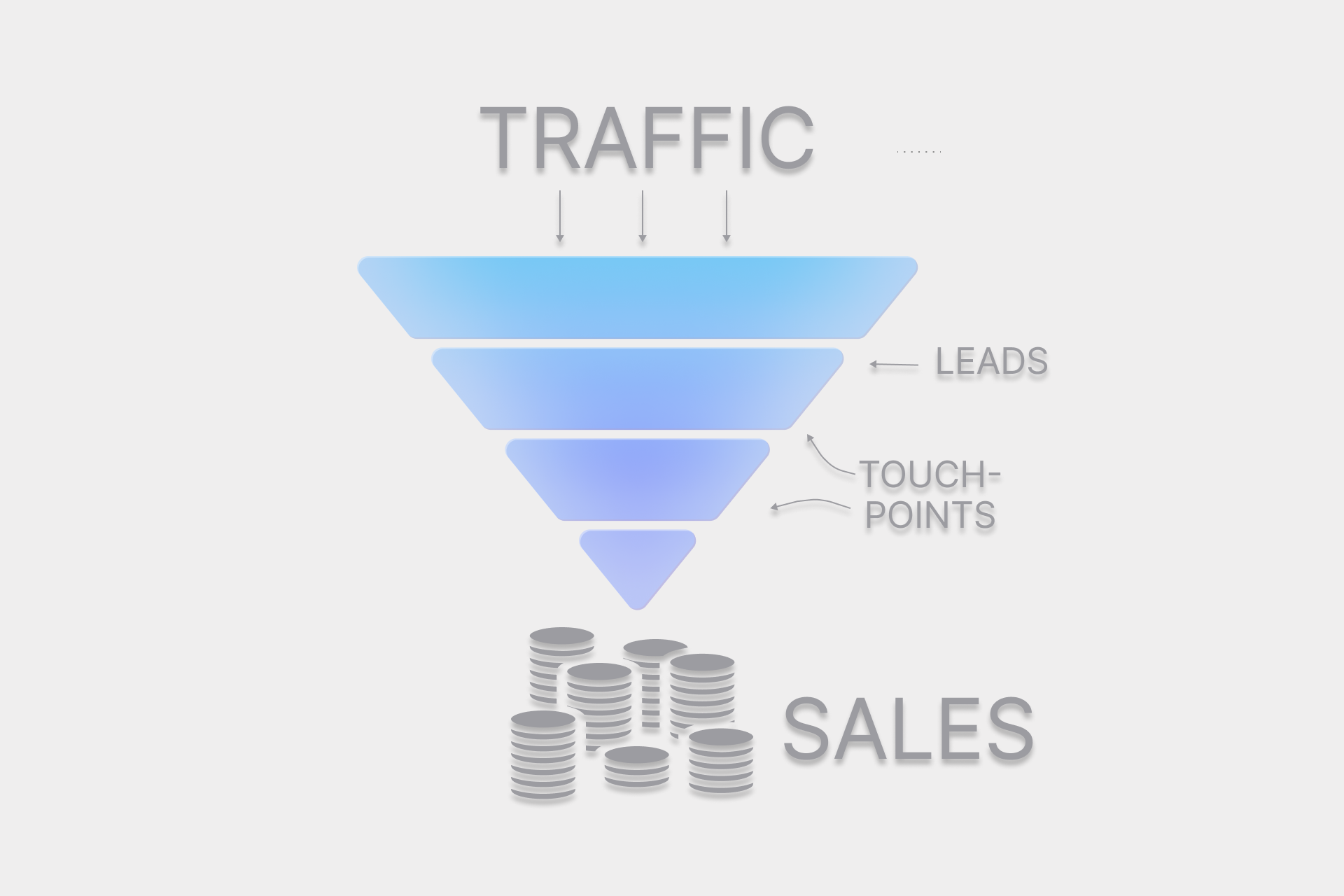
The goal of a funnel
When creating your funnel, always keep in mind the goal you want to achieve. And the goal should always be to get as many leads as possible in the end and turn them into paying buyers. To achieve that, shift your focus to your customer. What are his needs? What are his desires? Why is your product/service relevant to him? Put yourself in his shoes and try to understand your customer. This is the key to a successful funnel.
The 6 building blocks for a successful funnel
You can make a funnel as complex as you like. Basically, however, it always consists of different building blocks. You can adapt and combine them according to the direction of your goal and take them into account when creating your funnel. In the following, we will show you 6 important building blocks to make your funnel successful:
1. Contact form with CTA button: Every funnel ends with a contact form. The participants should enter their data here. So the data you need for your further steps. This can be, for example: Name, email address or the phone number. The contact form ends with a call-to-action button, with which the customer can send his data ("Send data").
2. Cookie banner: A very important component is the cookie banner. In Germany, it is mandatory for companies to include on the website (this includes a funnel page), an imprint and a privacy policy. A cookie banner is therefore a great and important option for your funnel page. At Onepage you can activate the cookie banner in the settings in just a few clicks starting with the Advanced license.
Tip: Also read our blog article "Legally Compliant Website: Watch out for these 5 risks".
3. Thank You Page: The thank you page is very important in a funnel. At the end, when the visitor has submitted his data, he should be informed about what happens next. For example: "Thank you for signing up, we will get back to you by phone as soon as possible."
4. Content: Content sequences are, of course, the main component of any funnel. You should think about what your quiz is about and what elements you include and where. It is very important that you offer your users an added value: Why should they take your quiz? What length/how many questions are optimal?
5. Title page: When you create a funnel, you should pay special attention to the title page. The title page is the first thing the user sees. It should tell the user what the funnel is about and what is in it for them in return for taking the quiz. For example, "Take the quiz and get a free business analysis or appointment in return". The headline and image should definitely be compelling on the cover page.
6. Texts: The sales copy you use for your funnel should be clear and concise and encourage people to read on. Too much text tends to be a hindrance in funnels. The rule here is: "Less is more!"
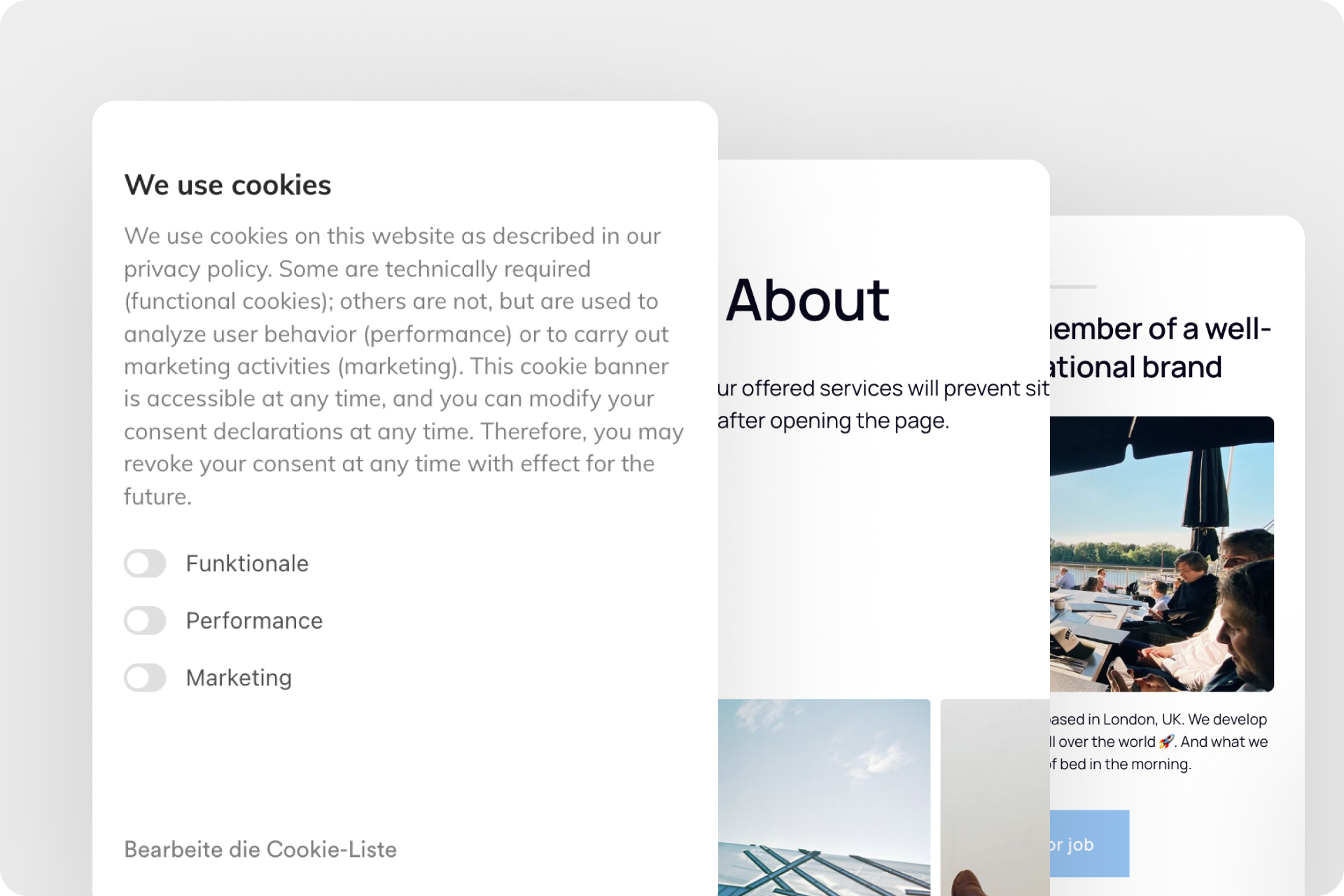
Where do the leads for your funnel come from?
Just as important as creating a great funnel, of course, is making sure potential leads are aware of your funnel in the first place. Where the visitors for your funnel come from is not critical. Because it always depends on what channels your target audience uses and what traffic makes sense for you and your product or service.
7 possible traffic sources for your funnel:
- Organic traffic/ SEO
- Social networks: Instagram, Facebook, LinkedIn, Twitter, TikTok, YouTube
- Ads: Facebook Ads, Google Ads
- Podcast
- Referrals: Customers recruit customers, affiliate marketing, influencer marketing
- Newsletter
Check for yourself which traffic sources are profitable. It will be interesting if you can see after some time which sources bring the most and also the most profitable leads. If you have done a good job, your lead will land on your site, see your funnel and participate in it.
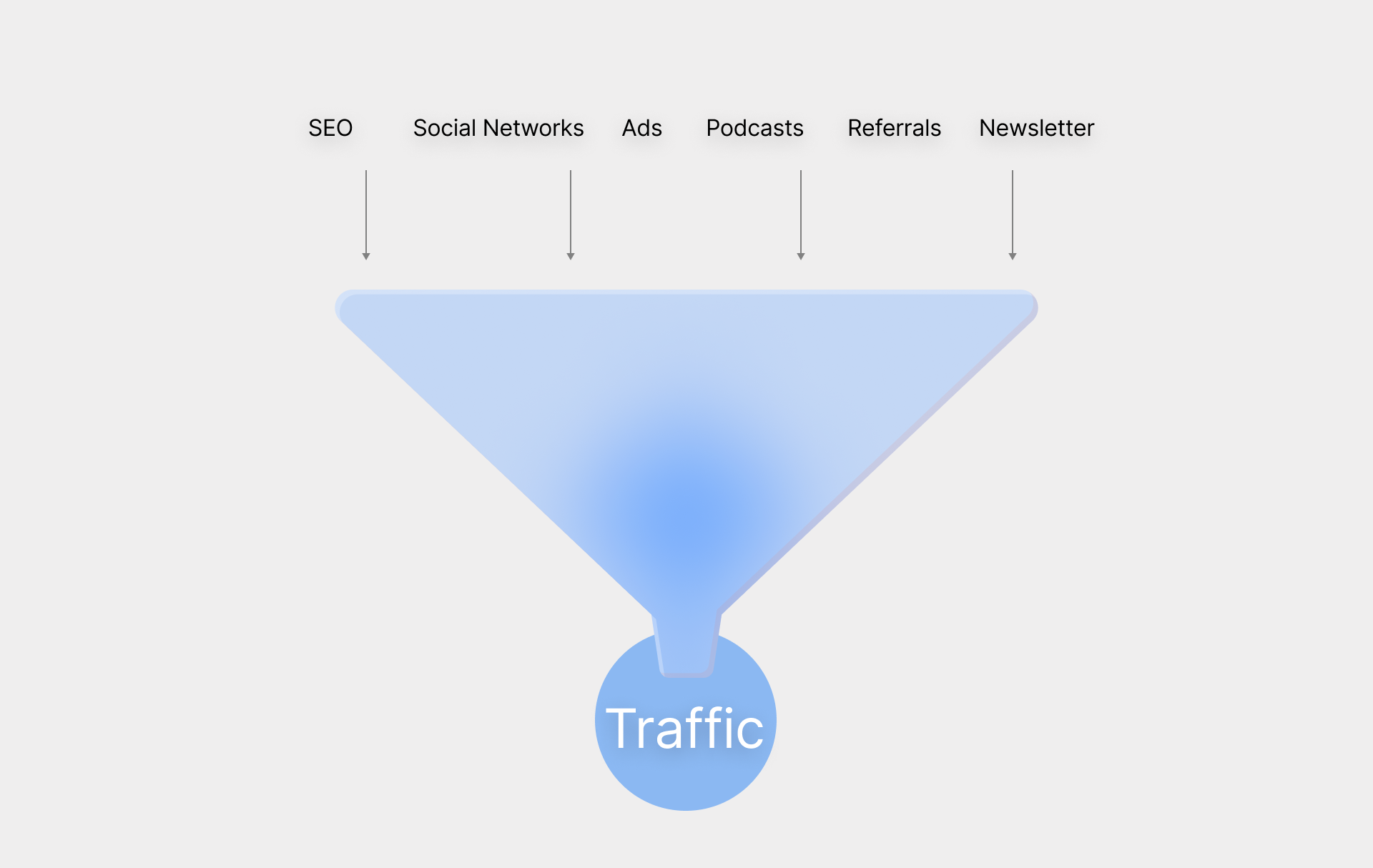
What should happen after the customer goes through the funnel....
After you've created a funnel and your site visitor has participated in the funnel, the real work begins! Because now you have the opportunity to turn a mere prospect into a buyer. That's why I'm going to show you the most important steps after a customer has gone through your funnel:
1. Thank You Page: As mentioned above, a thank you page is a very effective tool to confirm the customer's action and show them what steps are next. So when you create a funnel, be sure to think about a thank you page as well. Click here to read our blog article on how to create a successful thank you page and get better conversions.
2. Contact Us: And then, of course, reaching out is the next crucial step: At the end of a funnel, there should always be a contact form where the customer leaves their contact information. Depending on what kind of product/service you offer, different ways to contact your leads are useful: For example, you can call them or send them an email.
3. Upsell: If a user has decided to join your funnel or buy your product, you can use this situation to your advantage and offer them yet another product. Think about which of your additional products or services can help the customer reach their goal even faster? If you have a suitable additional product in your repertoire, you can offer it to the customer.
But be careful: Don't try to sell your buyer anything "unnecessary" just to generate a little more revenue. Such offers always leave an unpleasant aftertaste and are very rarely taken up anyway. The point is to create long-term, profitable win-win situations.
5 common mistakes when creating a funnel
1. Wrong or unclear value proposition
The success of many funnels goes out at the very beginning. Namely, when the target customer doesn't understand your offer. Therefore, a good value proposition should always reflect the value of your service. And it should do so in understandable language. This is exactly where the challenge lies: Because most users skim over the wave of information in a few seconds and decide in a fraction of a second whether an offer is relevant to them or not.
2. No or insufficient call-to-action
Crucial to a strong conversion is the call-to-action on your CTA buttons. If no reaction is triggered in the customer for an action, the contact breaks off again and the opportunity for a conversion is gone with it. When you create a funnel, you should also write a strong call to action for your funnel and CTA buttons.
3. No contact
One thing that really often fails in practice is getting in touch. This can be for a number of reasons: Your lead accidentally entered the wrong phone number or email address, so the email can't be delivered. Or the email ends up in the spam folder. To avoid this, it's best to ask for the phone number and email address so you can reach the customer through another medium in case of an emergency. Say already on the thank you page of the funnel how the contact will be made (e.g. I will email you in the next 24 hours, please check your spam folder). Another reason why contact is not successful is because companies take too much time to reach out to the customer. Especially nowadays, things have to happen quickly. After all, the customer is interested after going through the funnel. A few days later, that may have already changed. Likewise, as a company, you should be persistent. If a lead doesn't respond the first time you contact them, you should try contacting them again. Tip: At this point, our blog article "Create a successful newsletter in 3 steps" can certainly help you as well.
4. Insufficient testing
Every funnel you create can also be optimized. That's why it's so important that you regularly check your funnel for weak points and optimize it. Check at which points there were dropouts and analyze why. Then you can revise your funnel. Another popular option is A/B testing. Here, two different versions of your funnel are tested against each other. For example, you can build exactly the same funnel twice and only change the title page. Afterwards you can see which version converts better. For A/B tests, it is advisable to change only one detail at a time. Otherwise, it will be difficult for you to track which detail was decisive for success or failure.
5. Wrong format
With a funnel, just like with a website, it is important to choose the right format. The funnel page should open and operate smoothly on all devices (desktop, laptop, tablet, mobile). The layout should not be choppy and the page should load quickly. If these points do not work smoothly, it tends to deter a potential customer from participating in the funnel. To create a successful funnel, these important points should definitely work.
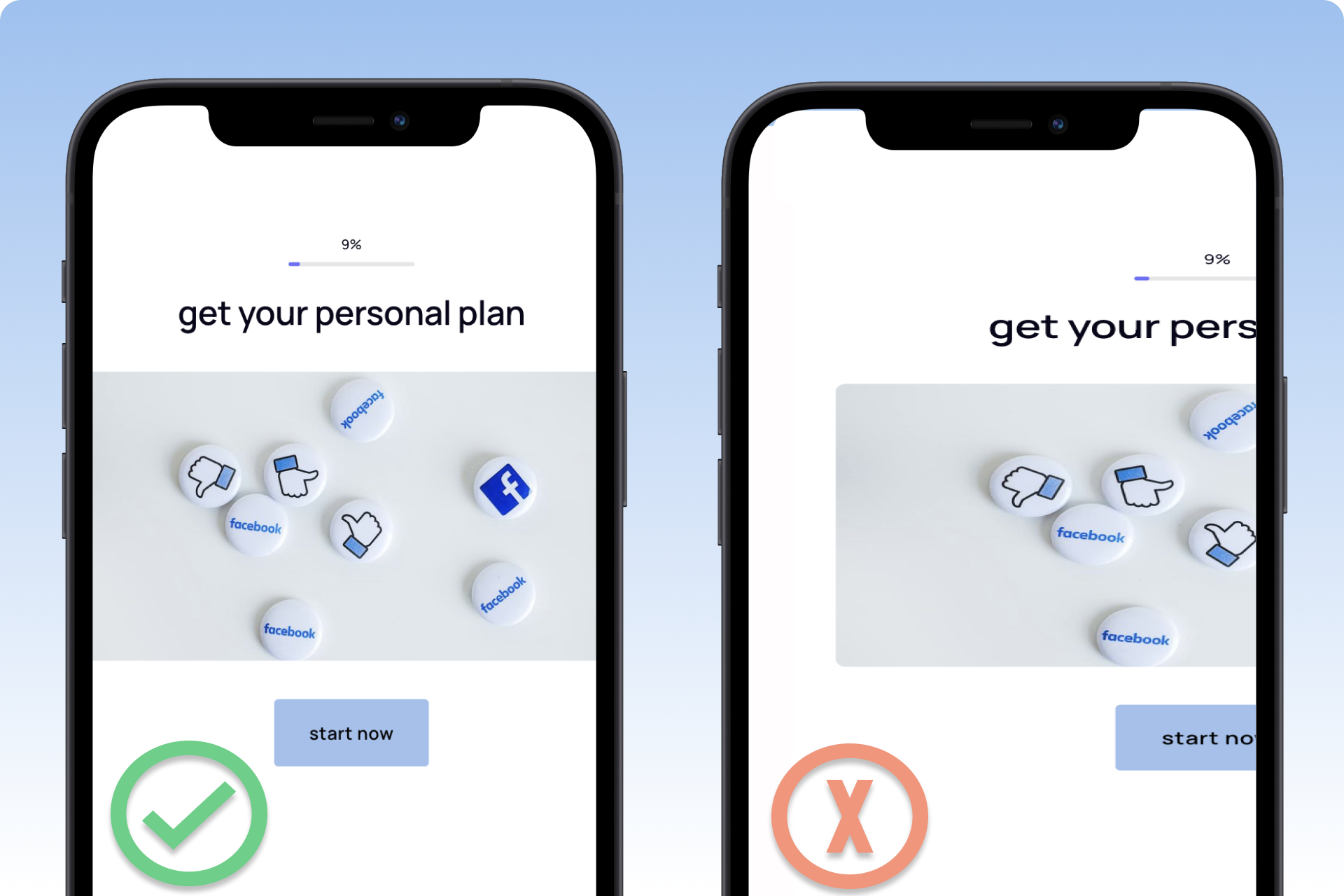
Conclusion
It's generally not difficult to create a successful funnel. But you should pay attention to a few basic things. In this blog article, we have provided you with all the important tips and steps to make it happen. As always, a good funnel starts with planning. Think about the purpose for which you want to create a funnel (sales funnel, recruiting funnel, etc.). Then you need to design the page for the funnel. With our Onepage software, we offer you a way to create your own funnel or quiz completely free of charge - including web pages and landing pages, of course. And finally, it is crucial that you also generate qualitative leads with your funnel. For this purpose, conduct regular tests and analyze the performance of your funnel.
On Onepage you can implement many of our tips directly! With Onepage we also offer you the possibility to create your own funnel/quiz for free:
Start with
Onepage for free.
It’s fast and enjoyable
Onepage is free to use. It’s not a trial version.
No credit card is required

